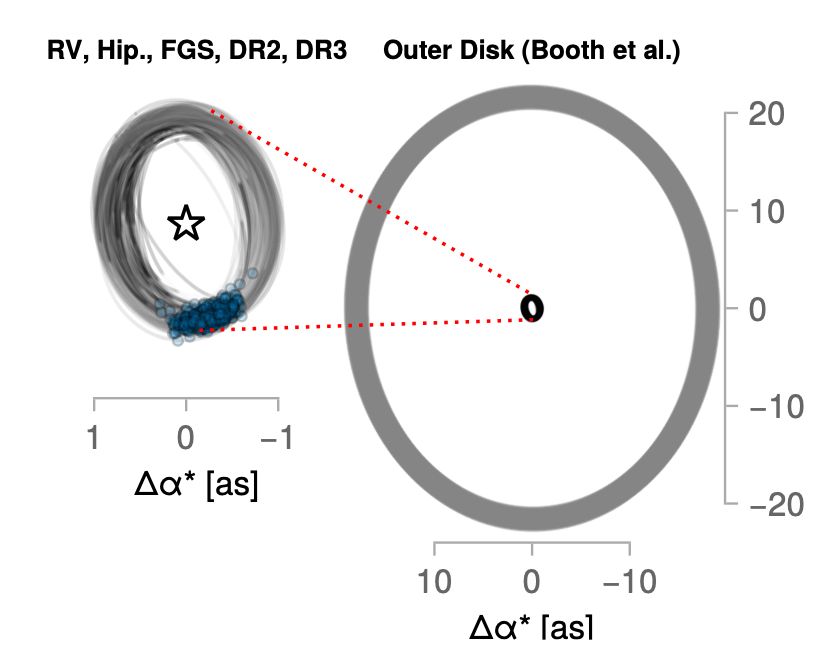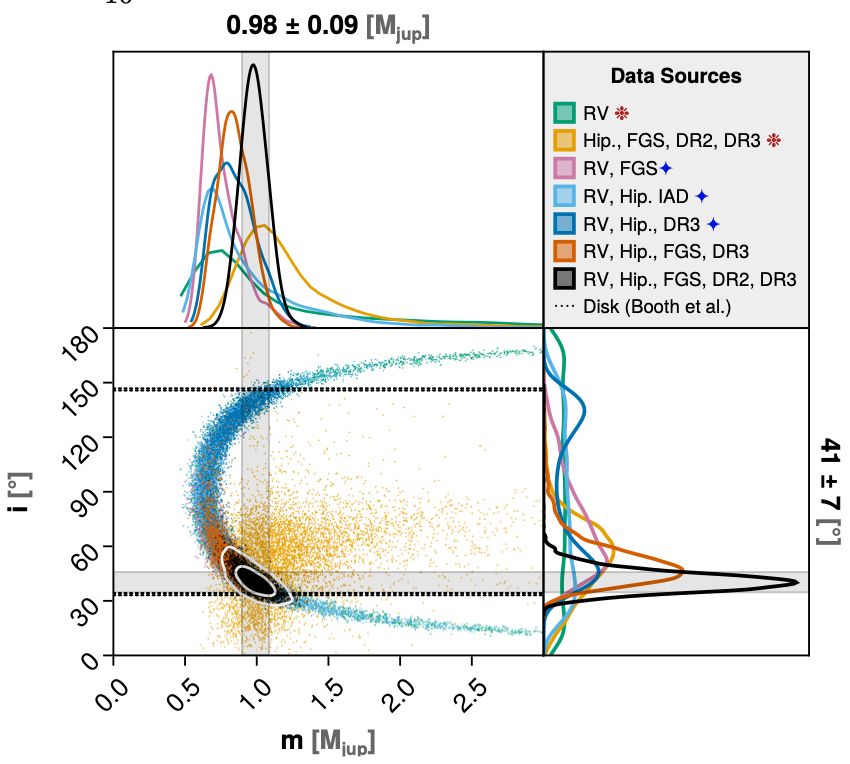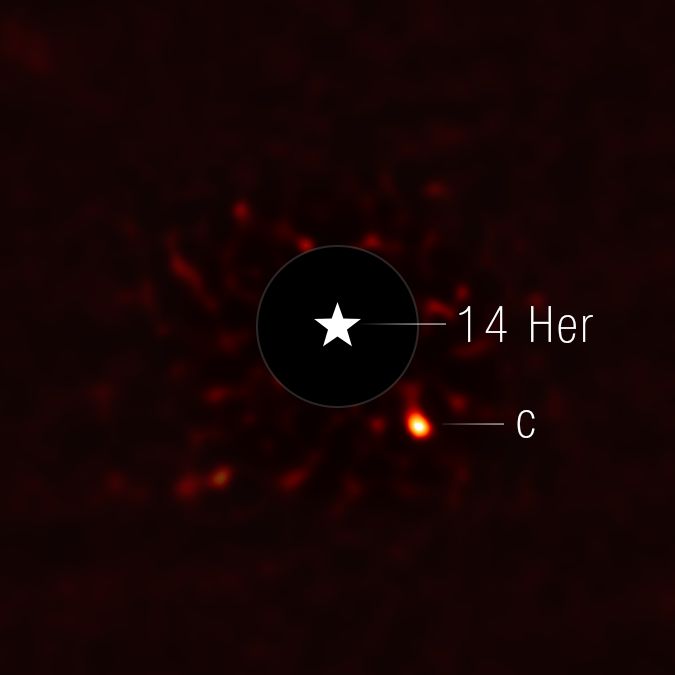
Fela Kuti was born on October 15, 1938 #Afrobeat #Felabration
15.10.2025 06:33 — 👍 194 🔁 29 💬 1 📌 2@viciykevin.bsky.social
Ore deposits and Exo-geology at UCD

Fela Kuti was born on October 15, 1938 #Afrobeat #Felabration
15.10.2025 06:33 — 👍 194 🔁 29 💬 1 📌 2
A large cargo ship named VAARWEL, painted in blue and white, is sailing through a canal. The ship has a flag at its front and is passing under an open drawbridge in the background. The canal is lined with trees on both sides, and the sky above is bright blue with scattered white clouds. A few people are visible on the bridge and near the water’s edge. In the foreground, at the bottom right, a small boat with a single person inside floats near the ship.

A large green truck from Kübler Spedition is transporting a massive container wrapped in a protective tarp. The container displays several logos and text, including the logo of the European Space Agency (ESA), indicating it is part of a specialised transport operation. In the background, there is an industrial building with large metal silos under a blue sky.

In a cleanroom environment, two individuals wearing blue lab coats and hairnets are working around a large spacecraft. The spacecraft is covered in protective plastic sheeting and mounted on a white transport platform labelled with technical instructions.

In a cleanroom environment, a group of engineers wearing protective coats, gloves, and face masks are working on a large spacecraft component. The component is mounted on a white wheeled platform. The top of the spacecraft carries 26 cylindrical cameras. The workspace is surrounded by structural supports and white fabric walls, creating a clean and controlled environment.
Welcome, Plato! 🤗
On 1 September, the spacecraft arrived in the Netherlands by boat from Germany via the Rhine River.
In the coming weeks, engineers will add the sunshield & solar arrays and carry out tests to confirm Plato is ready for launch 🚀
www.esa.int/Science_Expl...
🔭 #Exoplanets




New in library. The chiarascuro full page portraits are iconic (see what I did 🙄) high Renaissance art. Goltzius 1557, German ed. bound in illuminated manuscript. Some empty roundels charmingly filled out with primitive portraits, notes or diagrams. Several hundred medallions with bios. Folio.
09.09.2025 17:02 — 👍 17 🔁 4 💬 0 📌 0
Figure from Squicciarini et al. showing three panels with a white dot on a black and blue stippled background, indicating the location of the planet in GPI and SPHERE IRDIS data.&10;

Three panel image from Jones et al. showing a white dot on a stippled background. The planet is in the 11 o'clock position in all three images.
Two papers announcing the discovery of a directly imaged 6 Jupiter mass planet around binary system HD 143811 AB Squicciarini+ and Jones+ in Sco-Cen - Keck, Gemini and VLT all imaging this companion and confirmed with several years of common proper motion. #astrodon #exoplanet #exosci
09.09.2025 09:29 — 👍 45 🔁 8 💬 0 📌 1ah okay, nice to see its been added to the Dysnomia page. Its a really nice photo, thanks for doing the post-processing😊
05.09.2025 18:50 — 👍 1 🔁 0 💬 0 📌 0
A bright point source in the center with a dim source on the right
Dwarf planet #Quaoar with its moon #Weywot (small white point right side). The system orbits the sun in the #KuiperBelt beyond planet Neptune. Quaoar has rings (not seen here). 🪐🌕 🔭 #planetsci #dwarfplanet
My image with #JWST, processed today: commons.wikimedia.org/wiki/File:Qu...
Do you plan on adding this image to the wikipedia entry for Eris?
05.09.2025 09:23 — 👍 0 🔁 0 💬 1 📌 0
A series of concentric black and white ovals against a black background, with a dim red dot in the lower left of one of the paths of a black ring. The ovals are dust rings around a young star, and the red dot is a 5 Jupiter mass exoplanet called WISPIT 2b.
Proud supervisor moment: #LeidenObservatory graduate student Richelle van Capelleveen led one of two papers on our discovery of WISPIT 2b, a 5 Jupiter mass exoplanet clearing a path in a circumstellar disk. Laird Close and his team saw it in H-alpha, indicating gas accretion #astrodon 🔭 🧪
26.08.2025 11:51 — 👍 174 🔁 45 💬 12 📌 11
Earth and moon appearing as lonely dots in a vast darkness.
“A peaceful place, or so it looks from space…”
New image of the home world and our companion moon, captured last month from 180 million miles out by our Psyche spacecraft on its way toward the first rendezvous with a metallic asteroid in 2029.
🧪
www.nasa.gov/missions/psy...

Illustration of a planet silhouetted in front of a star. The star shows a large eruption on one side and more wisps of red coming from its southern hemisphere. Two more planets appear in the background.
The TRAPPIST-1 d exoplanet may be Earth-sized 🌍 but it has no Earth-like atmosphere.
Webb’s #NIRSpec has found no traces of molecules that are common in Earth’s atmosphere.
Read more 👉 www.esa.int/Science_Expl... 🔭 🧪

A plot of planet occurrence rates in planets per 100 stars on the y-axis versus host star effective temperature in K on the x-axis between 3200 and 6900 K. Occurrence rates are computed separately for super-Earths (green) and sub-Neptunes (blue) with orbital periods between 1 and 40 days. A power law was fitted to the super-Earths and a double broken power law was fitted to the sub-Neptunes, showing breaks at 3750 K and 5758 K.
We computed planet occurrence rates separately for super-Earth and sub-Neptune #exoplanets for host stars between 3200 K and 6900 K. The sub-Neptunes peak around 3750 K and drop toward cooler stars! However, the super-Earths do not drop off!
5/9

Kepler mission: smaller stars have more short-period, small #exoplanets.
Theory: the smallest stars won’t have enough disk material to make small planets so there must be a turnover.
Kepler+K2: We have found a turnover!
Check out our newest Scaling K2 paper: arxiv.org/abs/2508.05734
🧵 1/9
🔭🧪☄️

Figure showing a the plausible orbits for Eps Eri b, and a panel showing the scale of the orbits relative to the outer debris disk model of Booth et al.

A three panel figure showing the statistical distribution of inclination versus mass for the planet, broken down by seven different combinations of data. The scatter points follow an m*sin(i) curve, except for a series that does not include any RV data. A small black concentrated region shows the full model, with 1 and 3 sigma contours. The planet's mass is quoted at 0.98 +- 0.09 Mjup, and inclination as 41 +- 7 degrees.
Time for the promised thread on ε Eridani b!
I should emphasize this manuscript is a submitted draft—comments from the community are very welcome.
Bottom line: ε Eri b is likely a 1.0 Jupiter-mass planet, only 3.2pc away, on a 3.55 AU near-circular orbit, ~aligned with its debris disk. 🔭🪐🧪 [1/7]

A timely paper for #HWO25: is it enough to find Earth-like planets around other nearby stars? No! We need their planetary system contexts. Does life on Earth depend on Jupiter?
@sabinastro.bsky.social led this nice analysis of HWO requirements to detect Earths + Jupiters.
arxiv.org/abs/2507.21443
Congrats
29.07.2025 20:42 — 👍 1 🔁 0 💬 0 📌 0The counter explanation against a water-world explanation for TOI-270d from Benneke+ is on my mind here. Not apparent to me that the intepretation from Wogan+ remains a strong fit with the current abudance measurements? Keen to get your thoughts 3/n
20.07.2025 19:44 — 👍 1 🔁 0 💬 0 📌 0The arguments for abiotic origins for organosulfuric compounds is compelling. I wonder if there is a compelling alternate explanation to the water worlds hypothesis based on current abudance estimates for CH4 and CO2 and non-detections of H2O, NH3, or CO + potential abiotic organic compounds. 2/n
20.07.2025 19:37 — 👍 0 🔁 0 💬 1 📌 0I think its unlikely the new evidence + interpretation for a water world will get as much discussion (newer data from Greaves, Seager, Bain+ for PH3 on Venus is an example that comes to mind) and a lot of the early impressions of the data being a flat line may prove difficult to change. 1/n
20.07.2025 19:37 — 👍 0 🔁 0 💬 1 📌 0
Keen to get you and @luiswel.bsky.social thoughts on this expanded re-analysis from Hu et al. with additional NIRSpec data that still seem consistent with a water world arxiv.org/abs/2507.12622
19.07.2025 08:25 — 👍 0 🔁 0 💬 1 📌 0Congrats 👏
11.07.2025 17:22 — 👍 1 🔁 0 💬 0 📌 0Nice 👍
04.07.2025 19:42 — 👍 0 🔁 0 💬 0 📌 0Congrats to Nora, she has done really well. How was the food?
04.07.2025 13:04 — 👍 1 🔁 0 💬 1 📌 0Wonderful, good to know there is short to medium term follow up options for these exciting candidates
04.07.2025 05:49 — 👍 1 🔁 0 💬 0 📌 0Congrats
02.07.2025 00:35 — 👍 0 🔁 0 💬 0 📌 0Congrats John, great paper. Will repeat observations help here or is a far-IR scope the only way to break the degeneracy and confirm these planets?
02.07.2025 00:21 — 👍 1 🔁 0 💬 1 📌 0Is there room for Vera Rubin Obs + DES survey transits to fit in? 😀
02.07.2025 00:07 — 👍 0 🔁 0 💬 0 📌 0
This is a photo of an exoplanet from JWST.
A photo.
Of a planet orbiting a star 60 lightyears away.
A real world, 568 trillion kilometres away.
Thank you for sharing this paper.....really useful to this discussion and it definitely flew under the radar even though i was actively looking for other papers on K2-18b. I'll give it a read soon
29.05.2025 13:50 — 👍 1 🔁 0 💬 0 📌 0Maybe my bias but i am seeing a lot of "can't/is not" statements rather than "unlikely" statements when the hypothesis (not the claimed biosignature detections) is being discussed. This is why i brought up the under-discussed TOI-270d interpretation papers as a counter-example. 3/n
25.05.2025 12:12 — 👍 0 🔁 0 💬 1 📌 0In this context, i am referencing broad dismissal of the validity of the water world hypothesis because the speaker/writer (blogs, articles not papers) favours alternate explanations despite current data (as i am aware) still allowing for this hypothesis (lifeless or not). 2/n
25.05.2025 12:12 — 👍 0 🔁 0 💬 1 📌 0